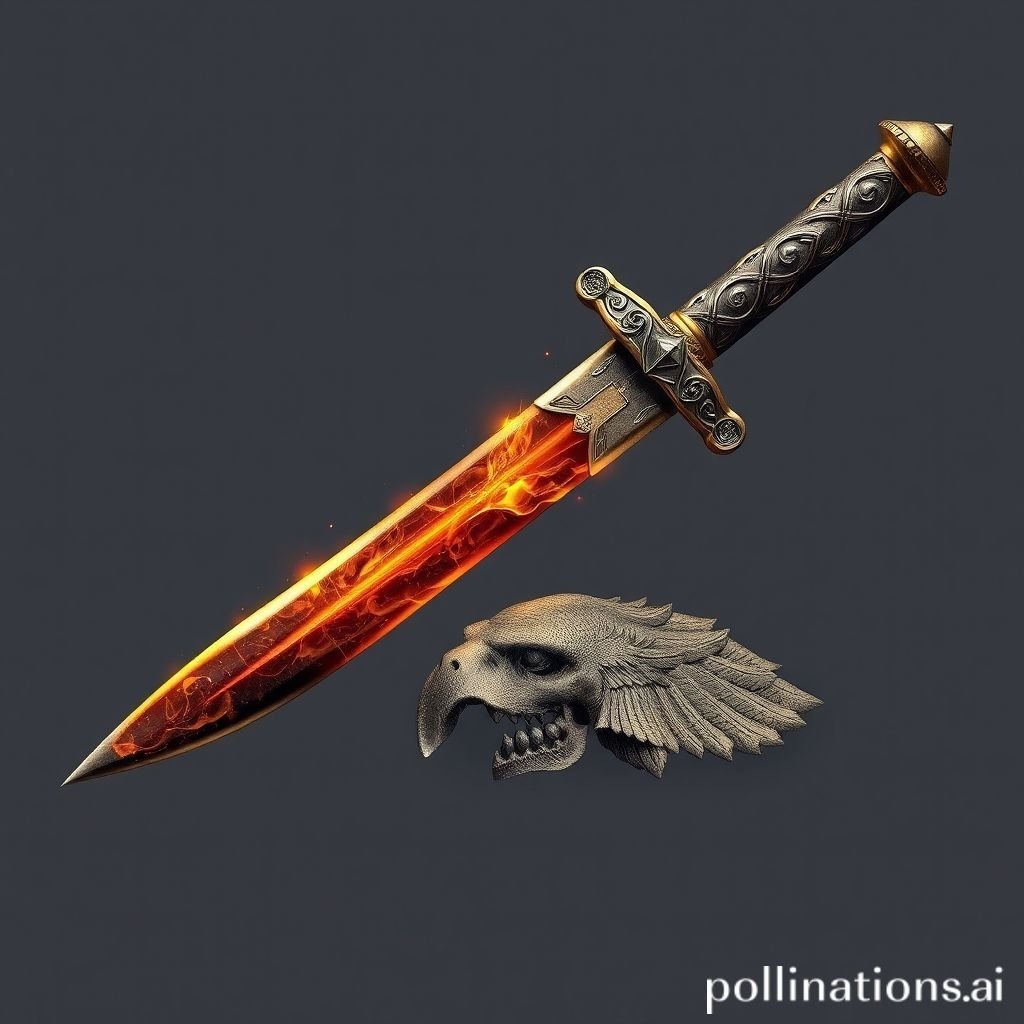Rapid Anime Dash Whoosh
The captivating world of anime thrives on dynamic visuals and impactful audio. Every punch, every jump, and every lightning-fast movement is amplified by precise sound design. This article explores how the iconic "whoosh" sound effect elevates rapid action sequences in anime, creating an immersive experience for viewers. Discover the art behind these crucial audio effects.
Introduction
In anime, sound design is as vital as animation itself. A mere flash on screen means little without the accompanying audio effect. The "whoosh" sound is paramount in depicting speed and force. It defines the character's movement, from a quick dash to an impossible teleport. This single sound sample adds immense dramatic weight to any anime scene. It transforms visual cues into visceral experiences.
Applications in Media
The "whoosh" sound is universal in anime for depicting rapid motion. It signifies anything from a sword cutting air to a character moving at incredible speed. This audio effect is a staple in many genres. From shonen battles to magical girl transformations, the "whoosh" is ever-present. It enhances the visual narrative dramatically.
Industry-Specific Uses
In anime, the "whoosh" sound is extensively used across genres.
- Action Anime: It emphasizes the speed of punches, kicks, and weapon swings. A rapid "whoosh" underlines a super-fast attack.
- Sci-Fi Anime: Spacecraft dash across the screen with distinct "whoosh" sounds. Energy beams fire with a powerful "whoosh."
- Fantasy Anime: Magical spells often begin or end with a mystical "whoosh." A wizard's teleport is often marked by a sudden, intense "whoosh."
- Sports Anime: Athletes move with incredible speed, accompanied by sharp "whoosh" sounds. A pitcher's fastball or a runner's dash comes alive. The consistency of this audio effect makes it instantly recognizable to anime fans. It is a fundamental building block of anime soundscapes.
Creative Techniques
Sound designers employ various techniques for "whoosh" effects in anime.
- Pitch Variation: A rising "whoosh" suggests acceleration, while a falling pitch indicates deceleration. This adds dynamic realism.
- Duration Control: Short, sharp "whoosh" sounds denote quick, precise movements. Longer, sustained "whoosh" sounds imply powerful, sweeping actions.
- Layering: Often, multiple "whoosh" sound samples are layered. This creates a richer, more complex sound. This technique is common in high-impact anime scenes.
- Stereo Panning: Moving the "whoosh" sound across the stereo field follows the on-screen movement. This enhances the sense of motion and direction. These creative choices ensure the "whoosh" always fits the specific anime action.
Technical Analysis
Understanding the technical aspects of a "whoosh" sound sample is key. This helps in both creation and application. A well-designed "whoosh" is critical for high-quality anime production. It is more than just a simple noise.
Waveform Characteristics
A typical "whoosh" waveform shows a rapid onset and decay.
- Attack Phase: The sound quickly builds in volume. This represents the initial burst of speed.
- Sustain Phase: A brief, high-energy peak follows the attack. This is where the sound is most prominent.
- Decay Phase: The volume then quickly drops off. This signifies the passing or completion of the motion. This distinct waveform shape is what makes a "whoosh" so effective. It mimics the natural sound of air displacement. Analyzing these characteristics helps sound designers sculpt the perfect audio effect for anime animation.
Frequency Profile
The frequency profile of a "whoosh" sound is crucial.
- Low Frequencies: These provide the body and impact of the sound. They give it a sense of power and weight.
- Mid Frequencies: These contribute to the "whoosh" character. They define the recognizable sweeping sound.
- High Frequencies: These add sharpness and presence. They make the sound cut through the mix. A good "whoosh" balances these frequencies. It ensures clarity without being harsh. Many anime "whoosh" sounds have a distinct high-frequency presence. This helps them feel fast and energetic.
Production Tips
Creating compelling "whoosh" sound samples requires skill. It also demands the right tools and techniques. High-quality anime demands high-quality sfx.
Recording & Editing
Producing an authentic "whoosh" can involve several methods.
- Field Recording: Swishing objects like sticks, clothes, or even hands can produce excellent raw "whoosh" sounds. Microphones capture the subtle air movement.
- Foley Artistry: Dedicated foley artists create custom "whoosh" sounds. They use various props and movements.
- Digital Synthesis: Software can generate "whoosh" sounds from scratch. This offers precise control over parameters. Once recorded, sounds undergo extensive editing. This includes equalization, compression, and reverb. These steps polish the raw sfx into a usable audio effect. For specific anime needs, further processing might be applied.
Software Tools
Various software tools are essential for "whoosh" production.
- Digital Audio Workstations (DAWs): Pro Tools, Logic Pro, Ableton Live are standard. They provide the platform for recording and editing.
- Synthesizers: Software synths can generate sweeping sounds. They create unique synthetic "whoosh" variations.
- Plugins: EQ, compressors, reverbs, and delay plugins are vital. They shape the tone and space of the "whoosh." Mastering these tools allows for incredible flexibility. They enable designers to create a truly rapid and impactful anime sound. Professional sound effects libraries like Pro Sound Effects also offer pre-made, high-quality audio effect solutions.
Creative Implementation
Beyond basic application, "whoosh" sounds can be creatively layered. This adds depth and complexity to anime action. It transforms a simple movement into an epic event.
Layering Methods
Layering is a powerful technique for "whoosh" sound design.
- Velocity Layers: Combine a soft "whoosh" with a louder, more impactful one. This varies based on the on-screen action's intensity.
- Timbre Layers: Blend different "whoosh" textures. A metallic "whoosh" might be mixed with a fabric one. This creates a unique signature sound.
- Source Layers: Mix a natural recording with a synthesized "whoosh." This provides both realism and fantastical elements. Effective layering ensures the "whoosh" sound is dynamic and responsive. It adapts perfectly to every anime movement. Consider Related anime sounds for additional effects.
Spatial Effects
Spatial effects enhance the perception of movement.
- Panning: Moving the "whoosh" from left to right, or vice versa, tracks the visual motion. This immerses the viewer in the anime scene.
- Reverb: Adding subtle reverb gives the "whoosh" a sense of space. A long reverb suggests an open area, while short reverb implies a confined one.
- Delay: A slight delay can create an echo effect. This suggests extreme speed or repeated motions. These effects contribute to the overall impact. They make the anime action feel truly three-dimensional. A powerful dash can use these techniques.
Sound Pack Integration
Sound packs offer a convenient way to access pre-designed "whoosh" effects. These collections are invaluable for anime creators. They provide a diverse range of sfx options, ready for immediate use.
Using with Other Sounds
The "whoosh" sound effect rarely stands alone.
- Impact Sounds: Combine a "whoosh" with a punch or explosion sound. This enhances the force of the action.
- Character Grunts: Pair a "whoosh" with a character's vocal effort. This adds a human element to the rapid movement.
- Environmental Sounds: Blend "whoosh" with ambient background noise. This grounds the action within the scene. Effective integration creates a cohesive and believable soundscape. It makes the anime world feel more real. For example, a "whoosh" might precede a UI Confirm Tap in a futuristic anime game.
Complete Collection
Get the full sound pack for comprehensive audio solutions. These packs often contain a variety of anime "whoosh" variations. They include different speeds, pitches, and textures. Having a complete collection ensures you always have the right audio effect for any rapid movement or teleport in your project.
FAQ Section
Q1: What is a "whoosh" sound effect in anime? A1: A "whoosh" is a common audio effect used in anime to depict rapid movement, such as a dash, swing, or even a teleport. It signifies fast motion and air displacement.
Q2: Why are whoosh sounds important for anime action sequences? A2: "Whoosh" sounds are crucial for enhancing the impact and realism of anime action. They provide an auditory cue for speed, making the visual movements feel more powerful and dynamic to the viewer.
Q3: How do sound designers create different types of whoosh sounds? A3: Sound designers create "whoosh" sounds through various methods including field recording (swishing objects), foley artistry, and digital synthesis. They then use editing software to manipulate pitch, duration, and layering for specific anime effects.
Q4: Can "whoosh" sounds be used for teleportation effects in anime? A4: Yes, a distinct, often sudden and powerful, "whoosh" sound is frequently used to accompany a teleport effect in anime. It conveys the instantaneous shift in location.
Q5: Where can I find high-quality anime whoosh sound samples? A5: You can find high-quality anime "whoosh" sound samples in professional sound effect libraries, often part of larger sfx packs. Websites like Pro Sound Effects offer comprehensive collections.




